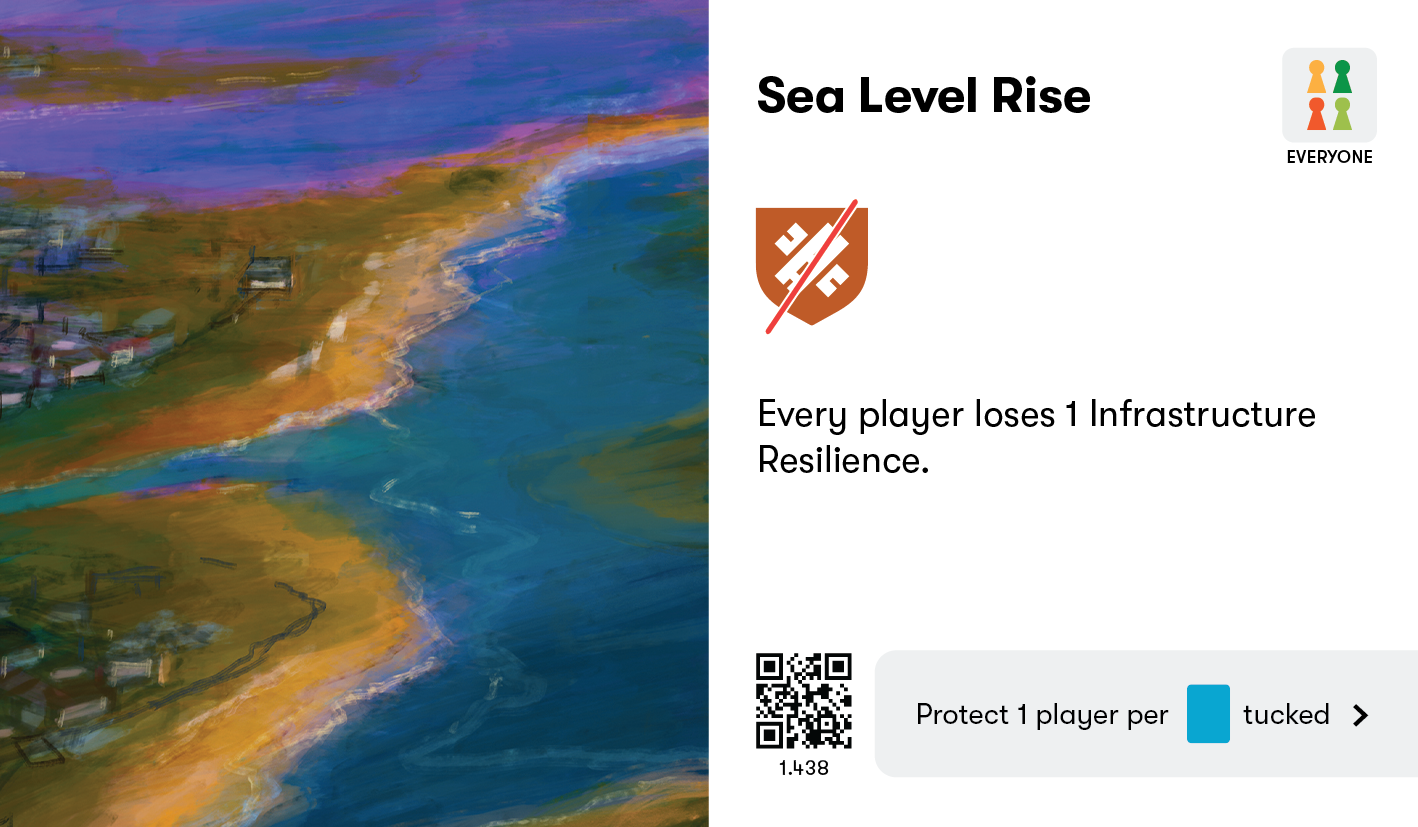Sea Level Rise
Crisis
Rising sea level is among the most catastrophic effects of the climate emergency. Seas are predicted to rise up to 2 meters by 2100 regardless of how much global greenhouse gas emissions can be reduced, and have already risen by an average of 8-9 inches since the industrial revolution.
Increases in sea level strengthen the destructive power of storms, drives saltwater intrusion in coastal aquifers and threatens to swamp coastal communities, as well as small-island and low-lying nations.
More than 1 billion people are forecast to be living in coastal zones by 2060, and they will be most at risk from rising seas. However, damage to agricultural systems, urban areas and infrastructure from sea level rise will affect all of us.
Sea levels are likely to keep rising, even if we take rapid action to tackle the climate emergency. Greenhouse gas emissions already in the atmosphere will continue to warm the planet and melt glaciers and ice caps, while heating oceans causes water to expand, which means sea levels will keep rising for some time to come. The permanent loss of sea ice in polar regions means that we could be approaching tipping points that trigger accelerated sea level rise.
Understanding the exposure and vulnerability of coastal communities to develop forecast-based action plans enables people to prepare for rising seas and storm and flood events. Building nature-based flood risk management systems may help protect some areas from sea level rise, though other areas may require homes and infrastructure to be moved to higher ground, or expensive flood barriers to be installed.
Every player loses 1 Infrastructure Resilience.
If this Crisis was face up during the Local stage and players tucked cards under it, this effect can be ignored by as many players as there are cards tucked under this card.

AR6 Synthesis Report: Climate Change 2023 (Intergovernmental Panel on Climate Change, IPCC)
Climate Change: Global Sea Level (NOAA Climate.gov)
Consider the risks of sea level rise to your area using local online tools, and ask your local political representatives what plans are in place to protect you.
Raise awareness of sea level rise among colleagues and political representatives, as it is often a tangible impact of the climate emergency that people can easily understand and then realize that action is needed.
If you manage a business or use marine areas regularly, consider whether how you use them may change, and if you need to prepare.